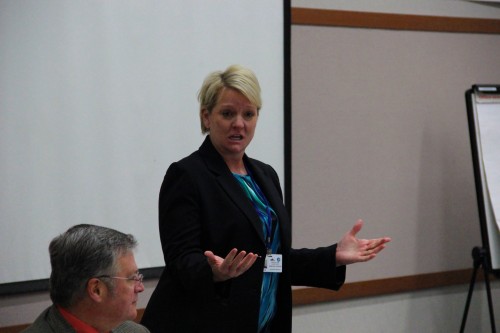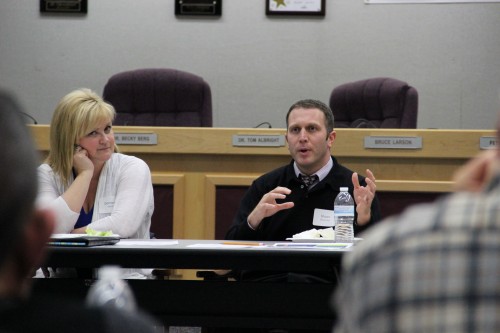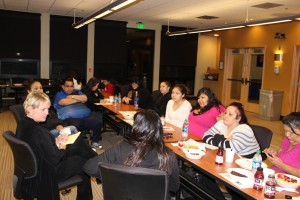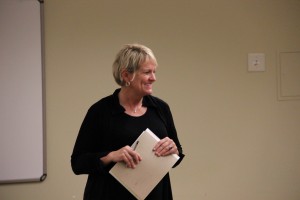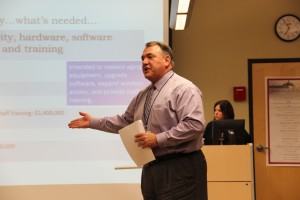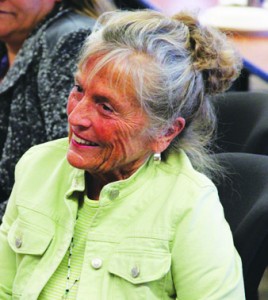By Jerry Cornfield, The Herald
OLYMPIA – Gov. Jay Inslee surprised lawmakers Tuesday with a call to give public schools $200 million in new funding, with a portion earmarked for the first cost-of-living increase for teachers in five years.
Inslee, who’s been saying he would seek a major investment in education, changed course after the state Supreme Court recently scolded lawmakers for moving too slowly to fully fund basic education as required by the state constitution.
“Promises don’t educate our children. Promises don’t build our economy and promises don’t satisfy our constitutional and moral obligations,” Inslee said in prepared remarks to a joint session of both chambers of the Legislature.
“We need to stop downplaying the significance of this court action. Education is the one paramount duty inscribed in our constitution,” Inslee said during his noontime State of the State Address.
Also Tuesday, Inslee pressed lawmakers to pass a transportation package and increase the state’s minimum wage by as much as $2.50 an hour. Today the minimum wage in Washington is $9.32 per hour.
Regarding education funding, the first-term Democratic governor will propose closing tax breaks to generate the revenue, a change he sought without much success last year. He didn’t spell out which tax breaks he will seek to close.
“You can expect that again I will bring forward tax exemptions that I think fall short when weighed against the needs of our schools,” according to the remarks provided in advance of his speech.
On transportation, Inslee urged lawmakers to find common ground in time to reach agreement before this year’s 60-day session ends in March. The House is controlled by Democrats and the Senate is controlled by Republicans.
“If education is the heart of our economy, then transportation is the backbone. That’s why we need a transportation investment package,” he said. “The goal cannot be for everyone to get everything they want. Instead, we must get agreement on what our state needs.”
And he said he wasn’t sure how much the minimum wage should climb but knows it needs to be higher than it is today.
“I don’t have the exact number today for what our minimum wage should be. It won’t be a number that remedies 50 years of income inequality,” he said. “But I believe that an increase in the range of $1.50 to $2.50 an hour is a step toward closing the widening economic gap.”
The governor also called for reform that would ensure businesses pay no business-and-occupation tax if they earn less than $50,000 in revenue in a year.


